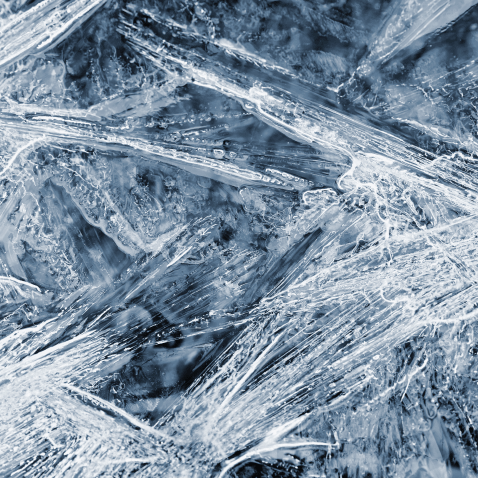Fuel emissions: for heat and steam production
Heat and steam
InAtmos cryogenic solution is a viable solution for reducing CO2 emissions from gas boilers and furnaces. By capturing emissions directly from these sources, our technology provides an effective and cost-efficient short to medium-term mitigative solution for reducing CO2.
InAtmos cryogenic solution is a viable solution for reducing CO2 emissions from gas boilers and furnaces. By capturing emissions directly from these sources, our technology provides an effective and cost-efficient short to medium-term mitigative solution for reducing CO2.

Cryogenic solution
InAtmos cryogenic solution is a viable solution for reducing CO2 emissions from gas boilers and furnaces. By capturing emissions directly from these sources, our technology provides an effective and cost-efficient short to medium-term mitigative solution for reducing CO2.

Gas-fired boilers and Gas process furances play an important role across various GHG-emitting industries, however, they contribute significantly to carbon dioxide (CO2) and other GHG emissions. CO2 emissions are released during the combustion of natural gas to produce heat. This process inherently generates CO2, as the carbon in natural gas (methane, CH4) combines with oxygen (O2) from the air to produce CO2 and water (H2O). The amount of CO2 produced depends on the carbon content of the gas being burned.